Are you curious? Can LED strip lights light up your space effectively? You are in the right place! In this comprehensive guide, you will gain all the knowledge and confidence to choose just the right LED strips so your rooms are not only beautifully but also efficiently lit. Now, let’s dive deep into the world of LED lighting solutions!
LED strip lights can adequately illuminate many different types of rooms; it would depend on lumen output, placement, and color temperature. Understanding these factors will help you maximize their potential to ensure your space is well-lit and appealing.
Continue reading to discover a few of the best ways to utilize LED strip lights, compare them with the advantages of more traditional options when it comes to lighting, and find out how you can create the perfect ambiance in your home. You’ll find it chock-full of practical information to change your space quickly.
About LED Strip Lights: Understanding Brightness
What Exactly Are LED Strip Lights?
LED strip lights are linear, flexible lighting solutions with several LEDs on a flexible circuit board. From this design alone, nature allows for simplicity of installation from under cabinets to along walls, creating special visual effects and versatility in its application. Available in numerous colors, sizes, and styles, an LED strip’s aesthetic and functional customization can be done. From accenting architectural details to providing ambient backlight to adding color to a room, LED strip lights can easily adapt to different contexts, making them one of the favorite solutions for homeowners and designers. Their ease of being cut to length and installation in unusual locations adds to their favor and facilitates creative and functional lighting solutions.
Caratteristiche e vantaggi principali
LED strip lights are aesthetically versatile and have several valuable advantages. The device is energy-efficient, going up to a limit of using 80% less energy compared to traditional incandescent bulbs. This reduction in energy use will minimize electricity bills, making LED strips more cost-effective in the long term. In addition, the LED strip has a very long life, sometimes more than 50,000 hours, thereby reducing replacement needs and waste to a great extent. Their low heat emission makes them even safer, as well as many other applications in temperature-sensitive cases and enclosed fixtures. Sleek, ultra-modern-looking LED strips easily take any space to the next level by giving them a modern feel that adds to the decor while providing lighting.
How Bright Are LED Strip Lights?
Lumens vs. Watts: Understanding Light Output
To measure the brightness of LED strip lighting, one needs to understand how the concepts of lumens and watts differ. While lumens measure the total amount of visible light emitted by anything, directly translating to brightness, watts indicate energy consumption; hence, higher wattage in LED technology does not equate to more brightness. This shift in understanding allows consumers to have bright lighting at lower energy costs, a true signature of LED technology. When selecting LED strips, try to achieve a lumen output suitable for your application, such as general illumination, which can be around 1,500 lumens. In contrast, much smaller outputs, such as 300 lumens or even less, suffice for accent lighting, depending on the design and functionality of the space.
Color Temperature-How It Works and Its Effects
Color temperature, measured in Kelvin, can completely make a difference in the kind of light and can seriously set the tone for your mood in the room. LED strip lights come in all sorts of color temperatures. Still, they generally span from warm white at approximately 2700K to cool white upwards of 5000K. These warmer tones will bring a cozy and inviting feel to living spaces and bedrooms. At the same time, cool colors contribute to alertness and concentration and thus are more suitable for workplaces and kitchens. Understanding color temperature makes the room mood wider. It impacts how the light seems bright to the human eye. Properly selecting color temperature can influence the emotional reaction of occupants; it is crucial in the lighting design process.
LED Strip Lights vs. Traditional Lighting
LED Strip Lights vs. Incandescent Bulbs
LED strip lights are better compared to incandescent bulbs in several critical ways. First, LEDs provide light output per watt, which means they are far more energy-efficient and will save you a lot over a longer period. Incandescent bulbs can have a warm, cozy feel to them. Still, they lose much of their energy in the form of heat and last considerably shorter at approximately up to 1,000 hours in general. By comparison, strips can last up to 50 times longer and thus are more environmentally and financially friendly. Moreover, strip lighting boasts a range of color and dimming potentials, which continues to expand their availability for use in applications from mood lighting to task lighting.
LED Strip Lights Compared to CFLs and Fluorescents
CFLs and other forms of fluorescent lighting have been the apparent age-old favorites. However, LED strips have some very strong advantages. While CFLs use less energy than incandescent bulbs, they are a generation behind in efficiency compared to LEDs. The second reason is that LED strips turn on immediately with no flickering or warm-up period, which has become synonymous with fluorescent lighting; thus, they can be more usable, especially for applications needing instant lighting of a space. Further, design and installation flexibility in LED strips can allow for creative applications that are not feasible with CFLs and fluorescents, making them more attractive in modern lighting solutions.
Ideal Applications for LED Strip Lights
Ambient Lighting: Setting the Mood
The strip lights of LEDs are great at setting the mood of any place due to their ambient lighting feature. It thus turns any place of dwelling into a relaxation zone, either to interact with others or to rest after a day’s work. Notably, LED strips can be installed beneath shelves, around the edge of ceilings, or in coves to let the room bathe in comfort through warm light and relaxed relief. This is appropriate for sitting rooms since the right illumination will be friendly. With options for dimming, the homeowner can tailor the light to meet different activities or times of the day.
Task Lighting: Practical Uses in Workspaces
In workspaces, LED strip lighting can work for good task lighting. By directing focused light onto specific areas, such as desks or countertops, visibility is enhanced, and eye strain reduced, a key requirement for productivity. Install LED strip lighting above your workspace for a well-lit ambiance that works great with home offices, kitchens, and crafting spaces. The installations’ slim nature ensures you add them in without overwhelming space. Many strips have dim functions, so one can adjust brightness depending on whether one intends to read, cook, or work on crafts.
Accent Lighting: Highlighting Design Features
LED strips are also fabulous accent lighting to highlight architectural features or artwork. Placed along edges, in niches, or behind furniture, strips draw attention to the focal points and create visual interest. This technique heightens the room’s overall design, turning it from ordinary to extraordinary. Whether accentuating beautiful art, bringing in the details of a structure, or adding texture to walls, LED strips add that extra depth and character to every room, which makes them one of the favorite tools for interior designers to create unique environments.
Layering Light: Combination of Sources
LED strips can also be connected to other light sources for a layered lighting scheme that allows flexibility in the desired atmosphere. This is how one combines ambient, task, and accent lighting as a function and aesthetic. For instance, one might put LED strips alongside overhead lights to ensure better general illumination and softer, more mood-setting options when appropriate. This enables the homeowner to combine different lighting types appropriately for every activity or time of day to create an active, versatile lighting environment.
How to Choose the Right Brightness for Your Space
Measuring Lumens for Room Requirements
Calculating the lumen output required according to room dimensions is the key to successful lighting. Generally, a living room requires roughly 100 to 300 lumens per square meter. Areas used for task areas can need as much as 500 lumens per square meter. Using these guidelines, one will be guaranteed that the chosen LED strips will suffice for requirements but will not overpower the senses. This will also aid in finetuning the lumen calculation, keeping in mind ceiling height and furniture placement, among other factors, to create a balanced and comfortable lighting scheme.
How to Choose the Right LED Strip Light for Your Needs
When choosing an LED strip, brightness might be a factor to consider, along with color options, flexibility, installation requirements, and many more. Find strips that offer adjustable brightness or different color temperatures that could set the desired mood or atmosphere for any task. In addition, check if it is compatible with dimmer switches and smart home systems for further ease of control. Choosing a product based on requirements can achieve optimal functionality and aesthetic appeal, and homeowners can reap all the benefits LED provides in a space.
Installation Tips to Maximize Luminosity
- Placement Strategies: Sometimes, placement is everything that separates how effective LED strip lights can truly be. Whether installed along baseboards, under cabinets, or in coves, they will enhance the light distribution and provide a smooth glow. Keep angles and distances in mind to avoid direct glare for even lighting. For instance, placing strips in indirect lighting applications, like behind furniture, creates a soft and diffused effect in space, enhancing the atmosphere. This can elevate the lighting quality and significantly contribute to the room’s aesthetic.
- Using Dimmer Switches: Installing dimmer switches with your LED strip lighting opens up great options for controlling the intensity of lighting. You can thus easily change it according to the occasion, whether it is a party or just relaxing quietly at home. Using dimmers will get you the desired ambiance and reduce energy consumption when full brightness is not required. Thus making LED strips all the more useful. Install dimmable drivers or controllers that work best with your LED strips.
Real-Life Examples: Success Stories with LED Strips
Transforming Living Rooms with LED Strips
Many owners have managed to transform the look of their living room with just the perfect addition of LED strips. An example of this can be the strip on the inside perimeter of the ceiling of one family’s room; this automatically raised the mood in that room. The soft, gentle glow of the light blended well with their overall interior decoration. It offered them a very inviting spot for guests to come around. The before-and-after photos show how dramatic that transformation could be, representing how a simple installation can redefine space. Examples like these illustrate the aesthetic possibility of LED strips, extending the pragmatic benefits of the livability of a place.
Cozy Bedroom Ambiance
LED strips have created a serene and relaxed ambiance within bedrooms. Placing strips under the bed or along headboards creates cozy corners for relaxation. Warm white light enhances comfort; soft illumination provides a haven. There are numerous success stories, but they must reveal how these subtleties will make all the difference in bedroom ambiance. One such couple made their main suite tranquil by placing LED strips on the bedside tables, thus giving an effective upgrade to their night routines.
Domande frequenti
Q: Can LED strip lights light up a room?
A: LED strip lights work well for various types of rooms. They will lighten up any room if appropriately selected based on output in lumens, placement, and color temperature.
Q: How do I determine the correct lumen output for my room?
A: A general rule is to get 100 to 300 lumens per square meter for living areas, while task spaces require up to about 500 lumens. You can measure the dimensions of your room to approximate what kind of output you need to have perfect lighting in your space.
Q: What’s the difference between lumens and watts when referring to LED lighting?
A: Brightness is measured in lumens, while energy consumption is in watts. LED lights can produce high-lumen output at lower wattage, unlike traditional bulbs, which makes them way more efficient and cost-effective.
Q: Can I use LED strip lights as a main light source?
A: Smaller rooms could use them as a main light source, but placing them with other light sources in larger areas may provide more brightness and atmosphere.
Q: Color temperature can affect the quality of light. How?
A: Color temperature is measured in Kelvin and refers to the appearance of light in a room. Warmer temperatures create a cozy feeling, and conversely, cooler temperatures greatly improve focus and alertness in workspaces.
Q: Are LED strip lights more energy-efficient compared with traditional bulbs?
A: Of course. LED strip lights use up to 80% less energy when compared to incandescent bulbs, hence reducing electricity bills and increasing life by up to approximately 50,000 hours.
Q: How do I make LED strip lights effective in my space?
A: Effective placement is the key. Place LED strips along walls, under cabinets, or in coves to enhance the dispersion of light. Dimmer switches will also enable flexibility in adjusting the intensity of light.
Q: What are creative ways of using LED strip lights?
A: Living room LED strip lights can be used for ambient lighting, task lighting for kitchens and home offices, and highlighting architectural features or artwork by adding depth and character to any space.
Q: What special installation techniques does the LED strip require?
A: Installation is easy, but clean the surface before attaching the strips to them for better adhesion. You will also want to plan your layout and consider placement angles to maximize brightness.
Q: Are there any common misconceptions about LED strip lights?
A: Yes, one very popular myth is that LED strips are solely for decorative purposes. They are bright and versatile, making them appropriate for many functional lighting uses.
Conclusione
LED strip lights can illuminate a room well if chosen and installed correctly. Their energy efficiency, longevity, and aesthetic value alone make them attractive for many applications. You can ensure they function at their best for any area by paying attention to things such as lumens and color temperature and correctly placing them. Discover how the LED strip light works in your setting. They would, if anything, be immensely versatile and serviceable in bringing atmosphere and function to a room, so much so that they could be an asset in any home. Harness this new technology and see how you can transform your living spaces into beautiful oases of light.
In Conclusion, LED strip lights are a great way to enhance ambiance and functionality in any room, proving their worth in modern lighting solutions. Unitop is one of the leading manufacturers in China for Luci a striscia LED e LED al neon flessibile. Unitop is all about quality and innovation. We invite you to contattateci immediately for more information or special requests. Let our years of experience take the wheel while you turn your space into a masterpiece with just the perfect lighting solution!

Tom è ora il Direttore Vendite di Unitop (Cina) Co., Limited. È stato nella Illuminazione a LED industria dal 2005. È un esperto di vendite e marketing e di gestione della fabbrica. Gli piace il bodybuilding ed è anche un fan sfegatato di Apple! È un lavoratore instancabile e ama imparare e provare cose nuove.
Email: tom@unitopledstrip.com WhatsApp: +86-18680307140

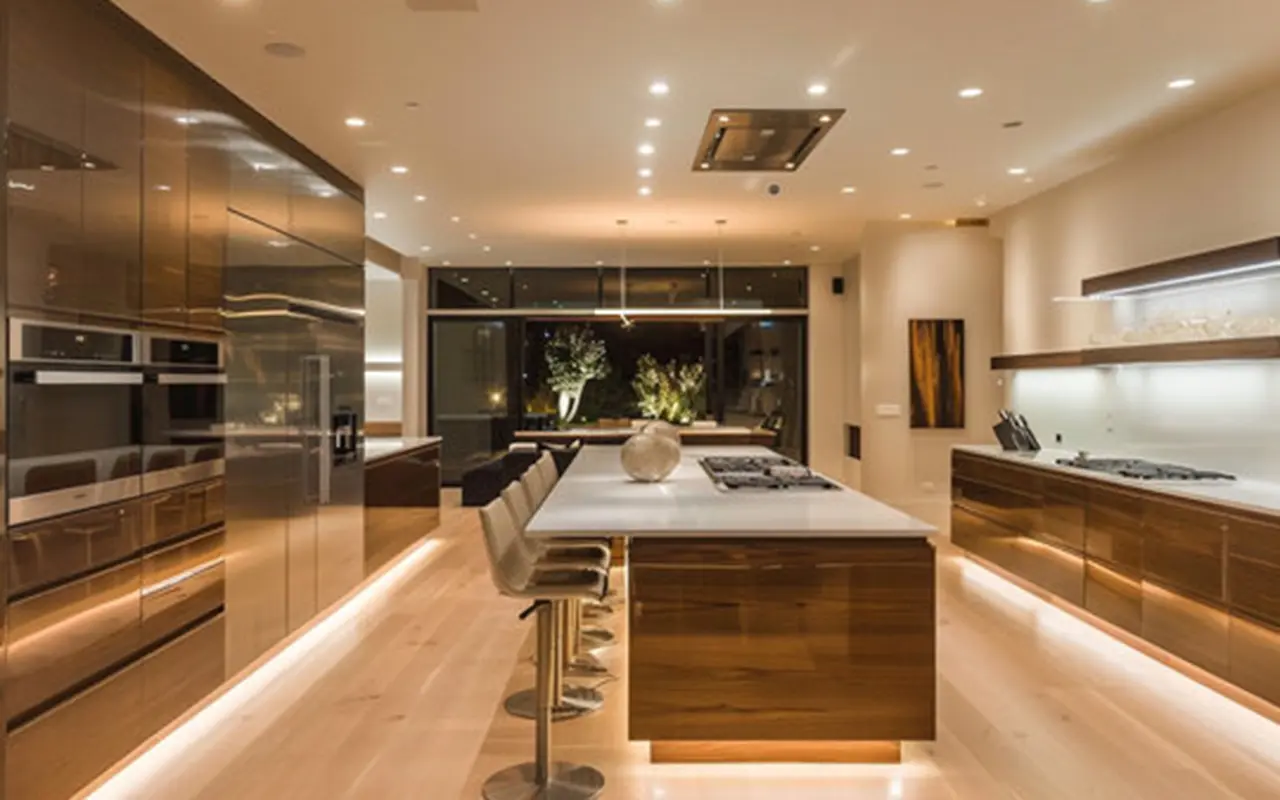
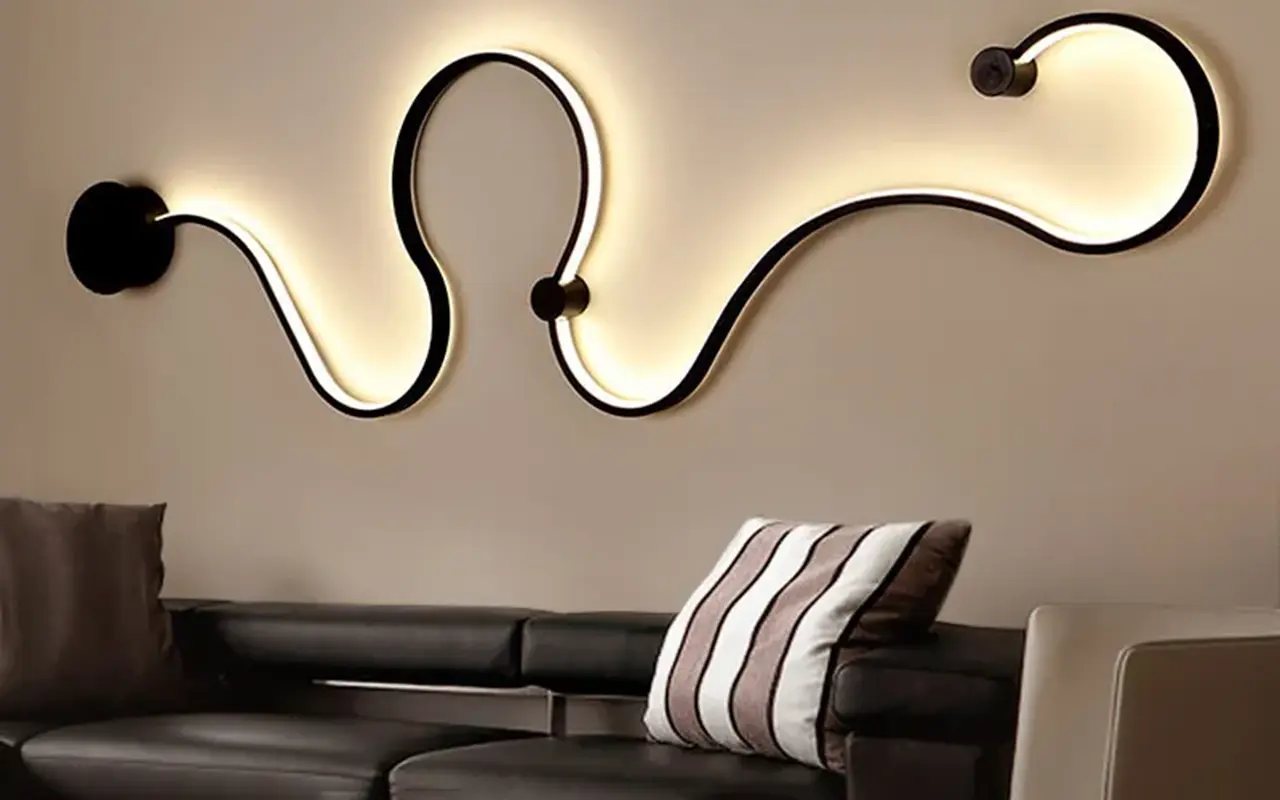
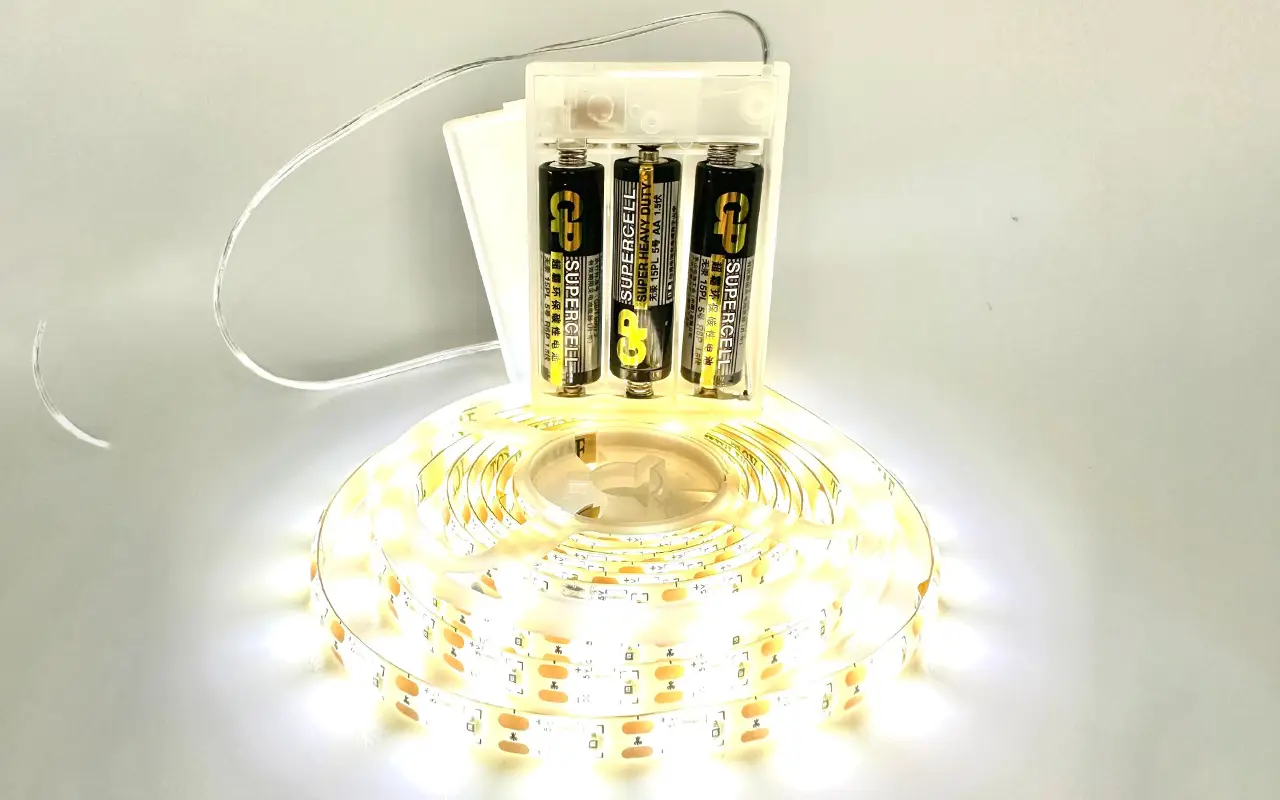
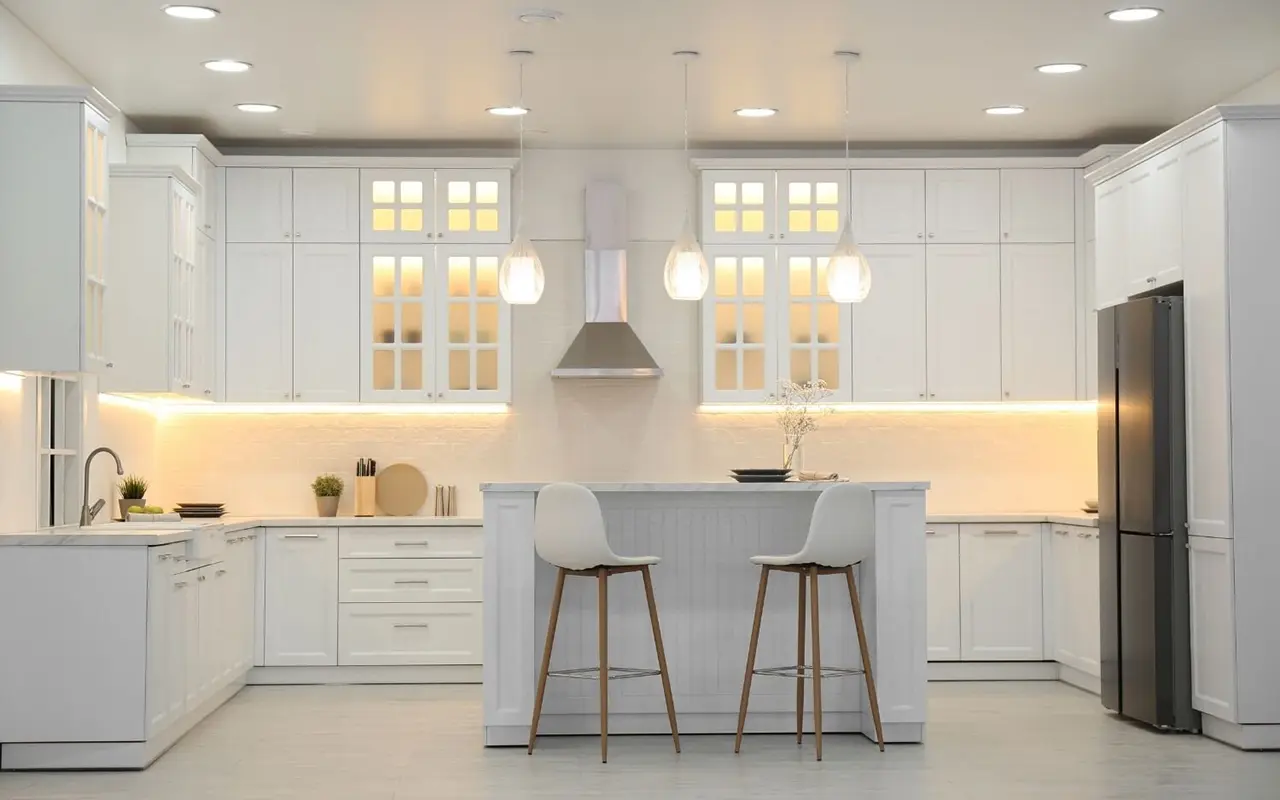
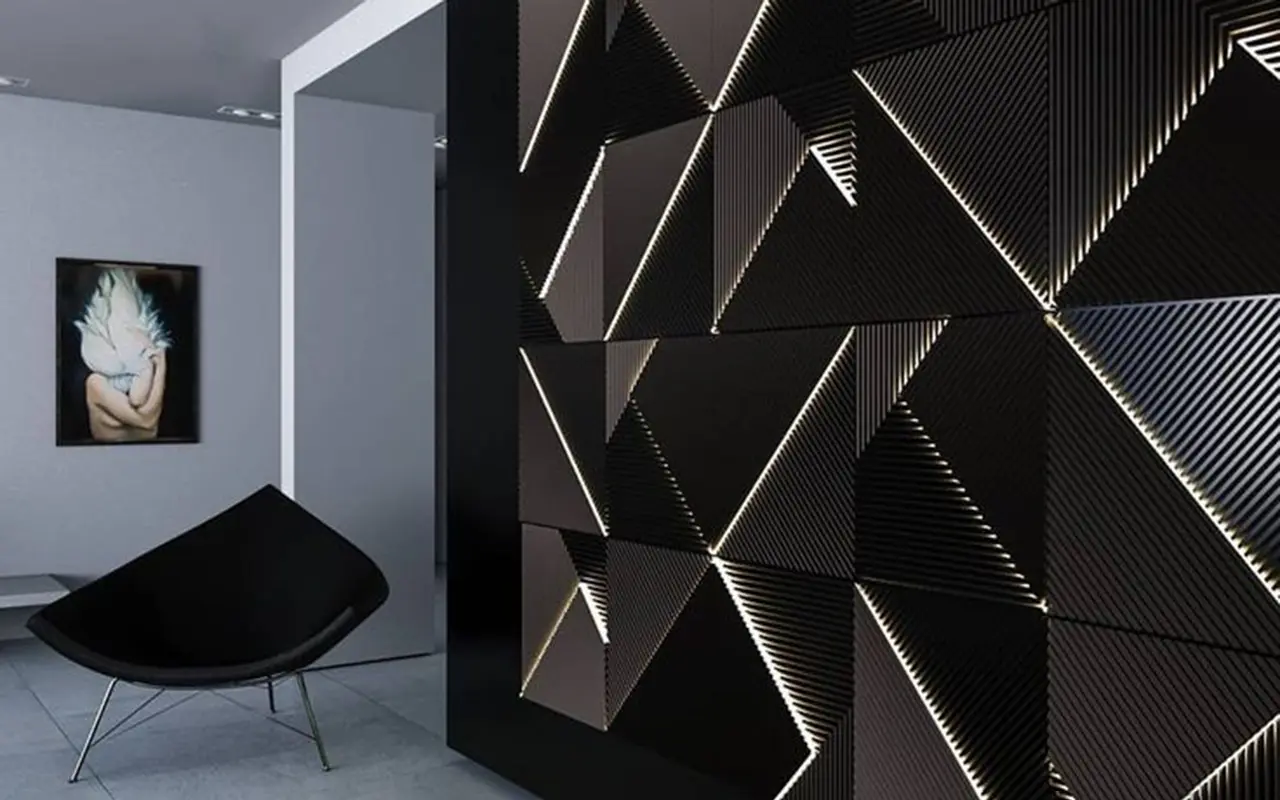
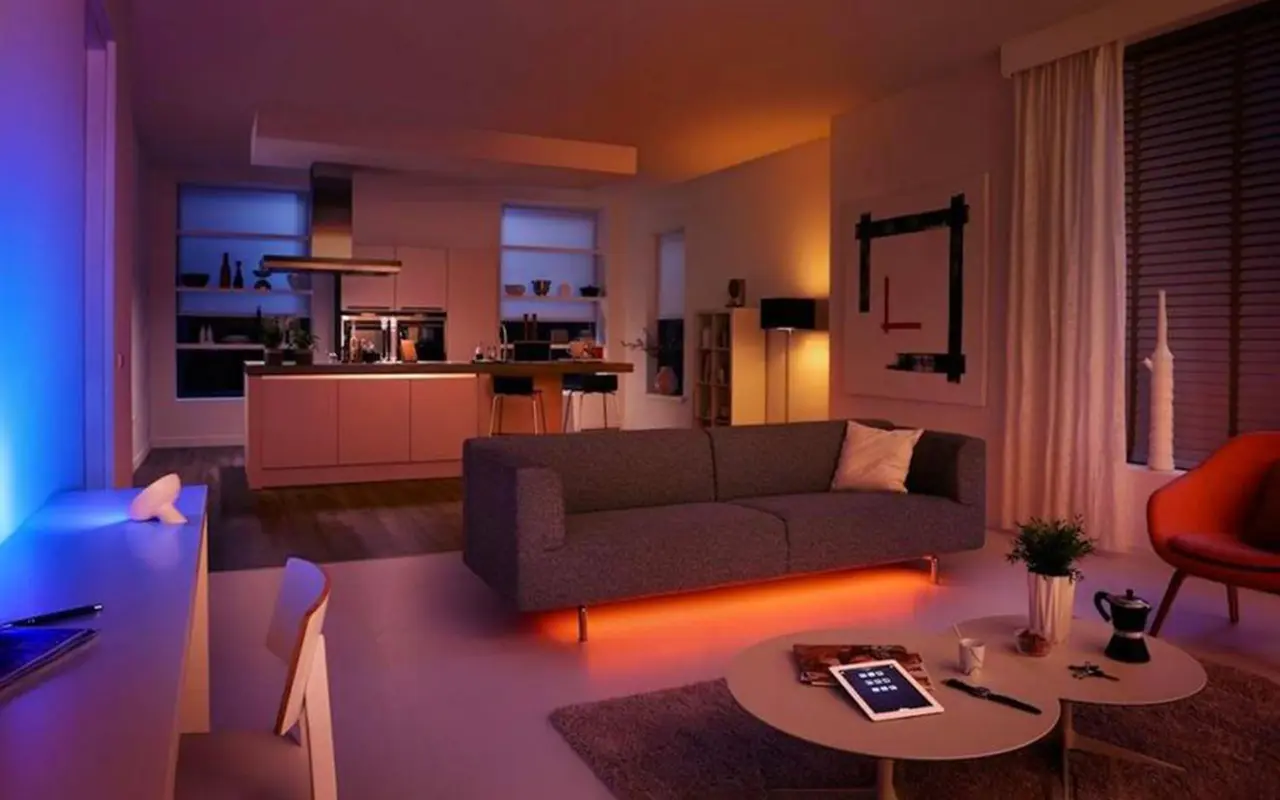

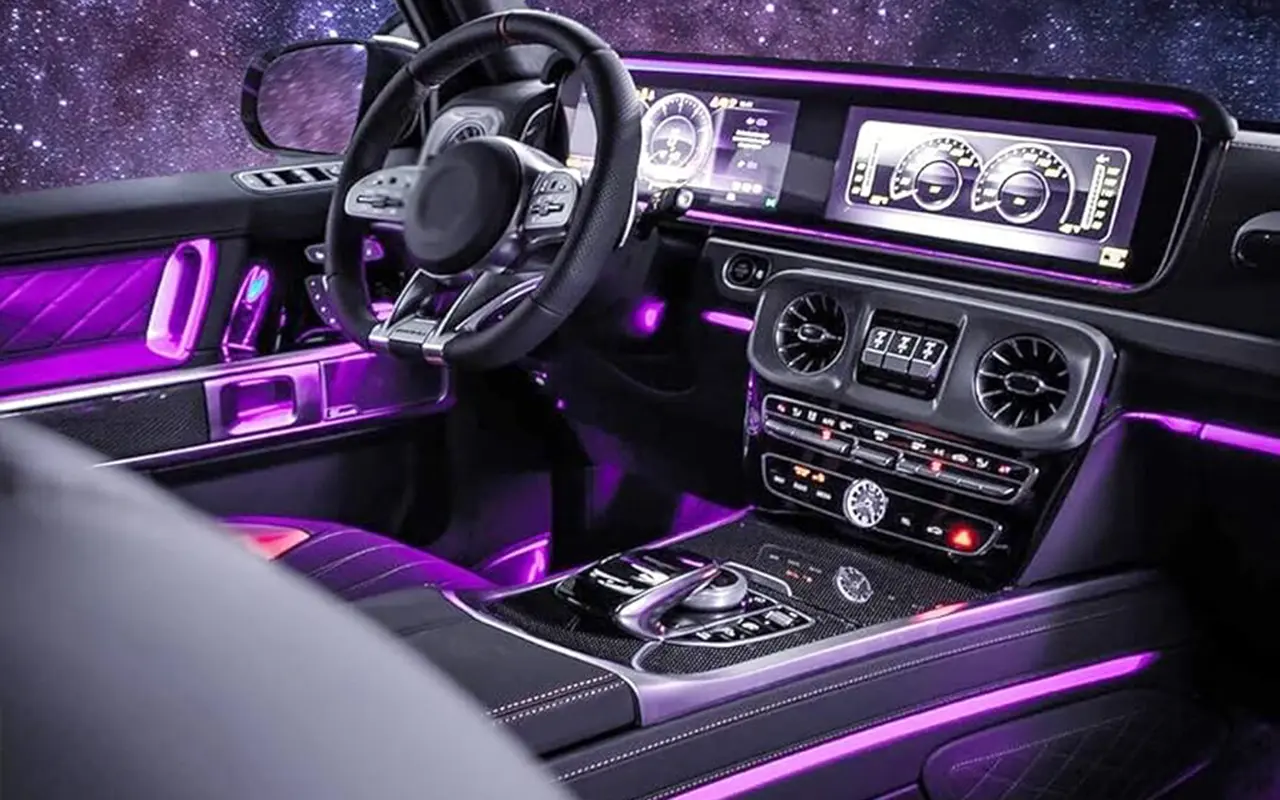

Lascia un Commento
Vuoi partecipare alla discussione?Sentitevi liberi di contribuire!